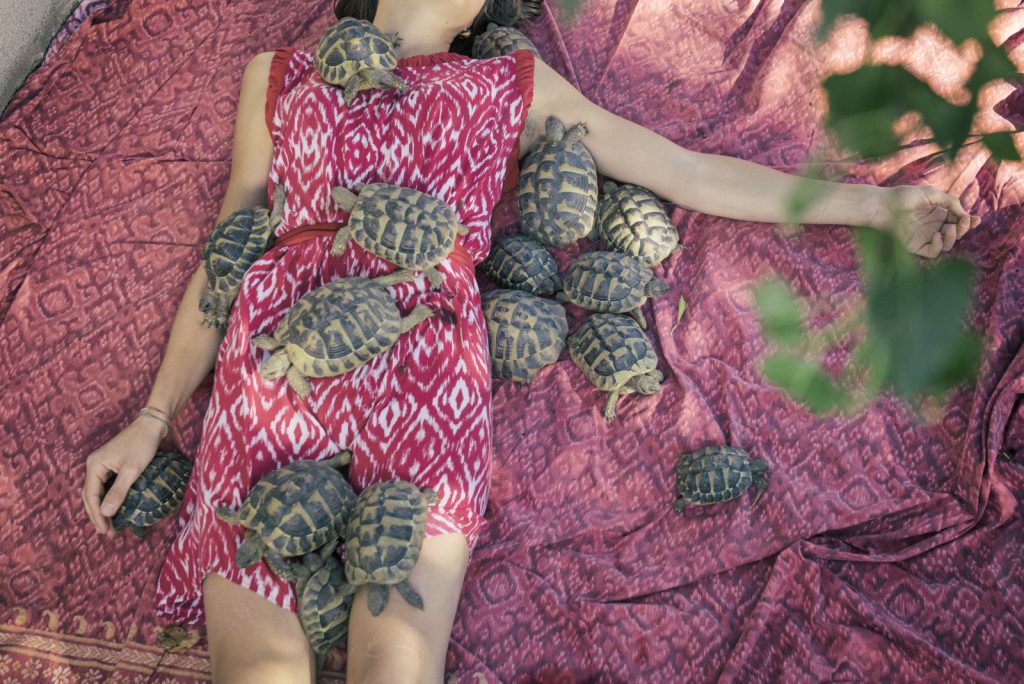
This project started in 2015 trying to express the special relationship that some people establish with what she would call “unusual pets”. It surprised her to discover how much feeling and intimacy can be shared between people and animals and how many are the people who really care. So far, she has been working close to her own town, in Northern Italy. She came in contact with animal sanctuaries, vegan activists or with people who were just people who are fond of animals. Many of them have an interesting story to tell, some of them entered in a factory with a balaclava in the middle of the night to save a pig, others have described their character, over the years they have learned how to communicate perfectly. She has also discovered a big community of people who are involved in the unexpected world of insects. According to FAO reports we all will eat insects sooner than we think, it’s already common in certain cultures but the western people still have a kind of repugnance toward them. So she has focused this story also on insect breeders (or simply, insect lovers). These people - who often have a personal and even tender relationship with them – could explain how important bugs are for our planet, their beauty and character. Every portrait should speak by itself a personal story, it should show an unexpected connection that human could have with different species. The picture of the animal could be with or without including the physical presence of the human but they all suggest an interaction and a sort of “comfort feeling” with the human world.

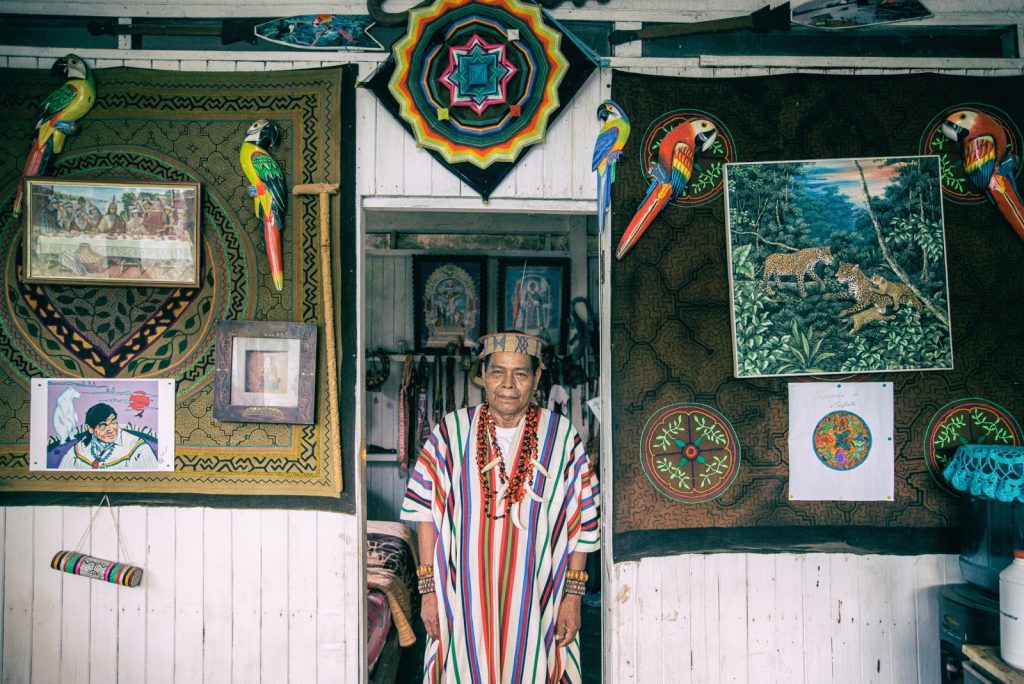
In the heart of the Amazon rainforest, on the banks of boiling springs and in the shade of vegetation so thick it blocks out the sky, you can find Mayantuyacu, a place of study and healing. Popular with young Curanderos from around the world who come to learn the secrets of the Master, Juan Flores, one of the few surviving ethnic Ashaninka shamans, the keeper of a secular knowledge as Ayahuasquero and Perfumero, handed down for generations since the dawn of time. Europeans or Americans seek inner peace in these places or even go to cure diseases which we would call incurable. The success stories are many and the original healing methods are based on connecting with nature and taking plant extracts and vines that, thanks to their healing and sometimes hallucinogenic properties, defeat the disparate diseases and reconnect with the most hidden parts of the unconscious. Mayantuyacu is a little Amazonian paradise, where the boundaries between dreams and reality are lost in a pool of warm water.
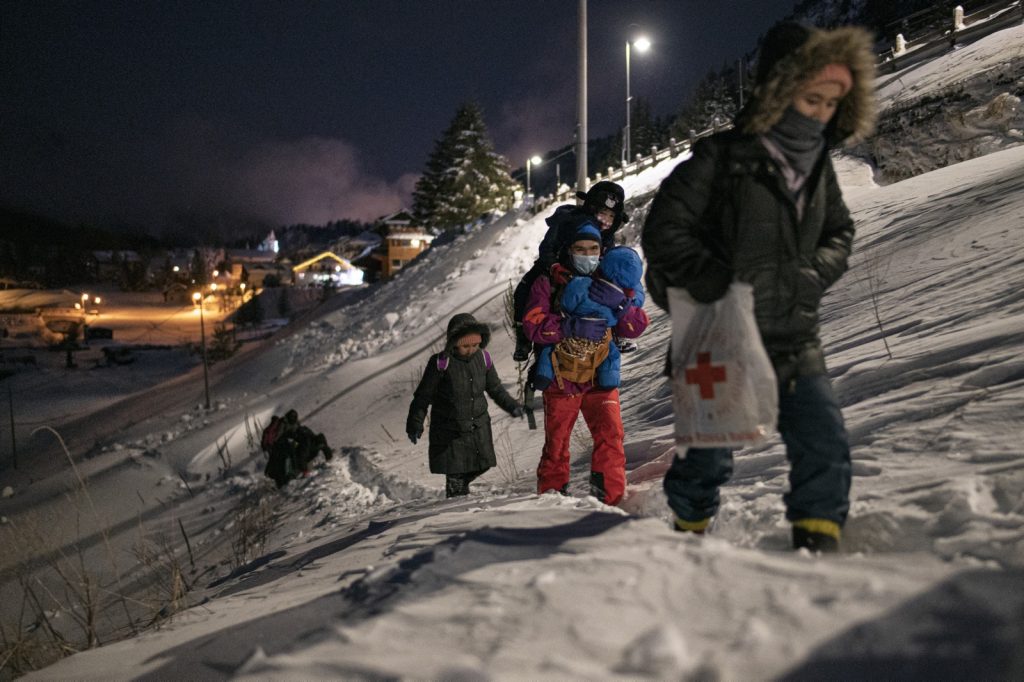
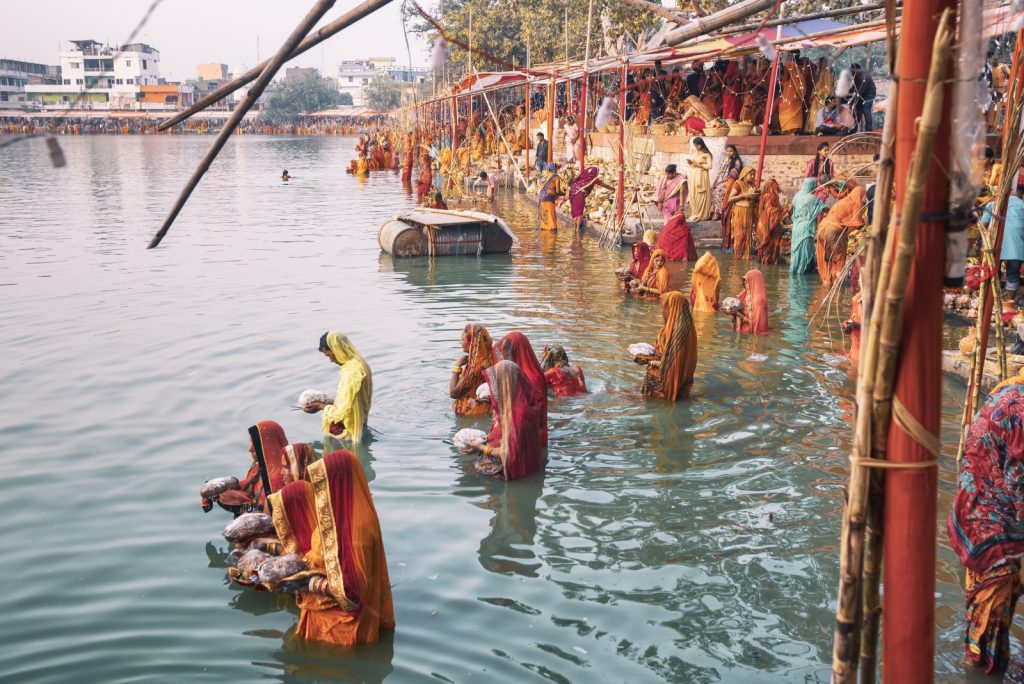
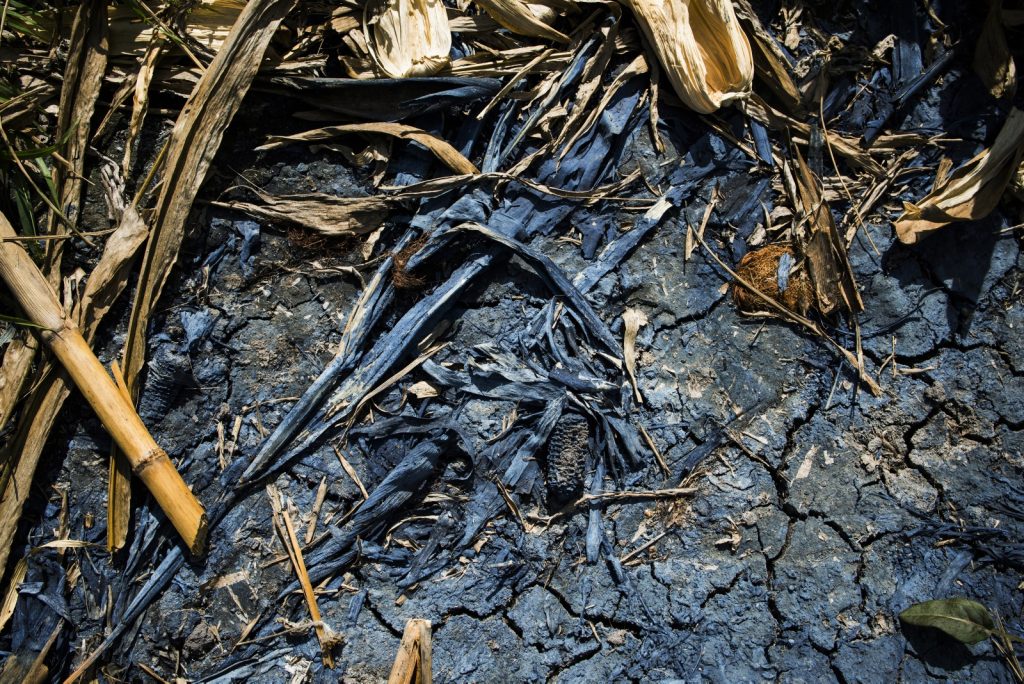
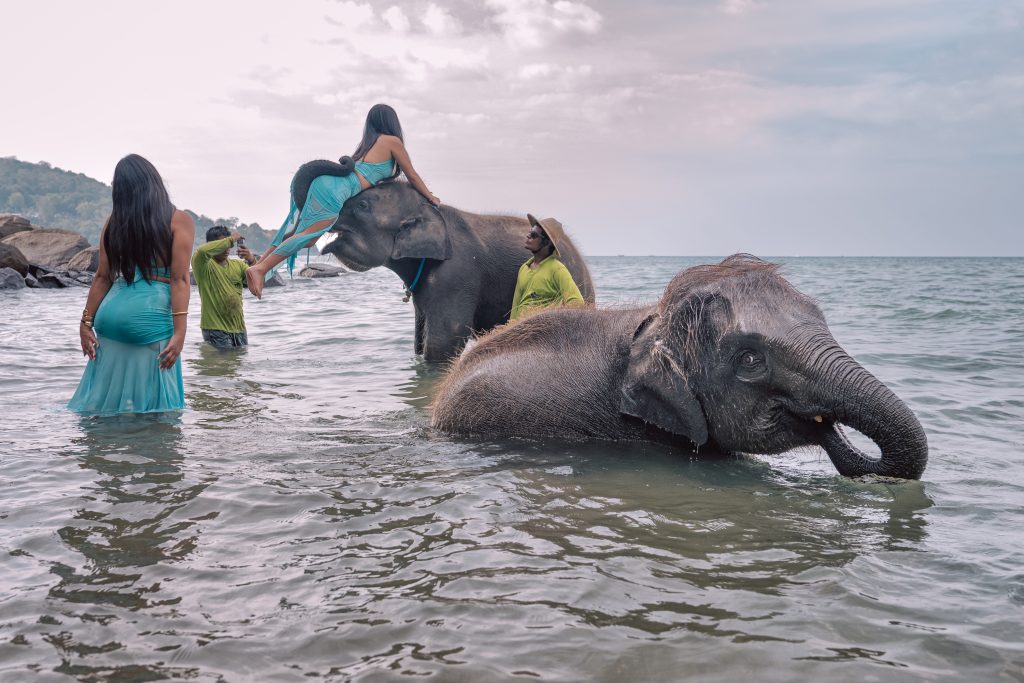
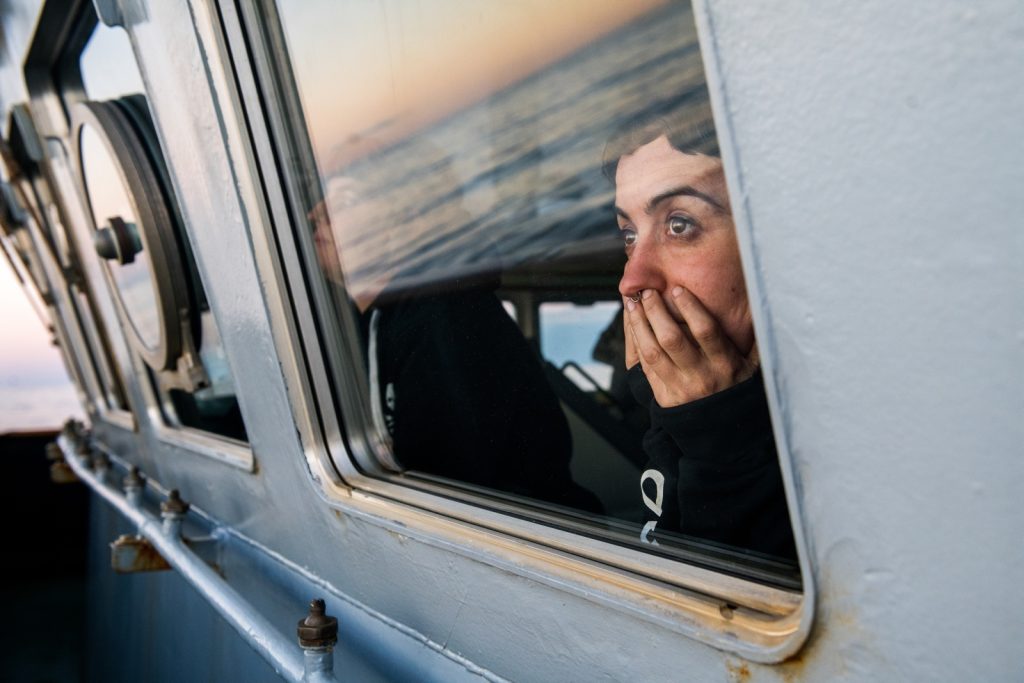
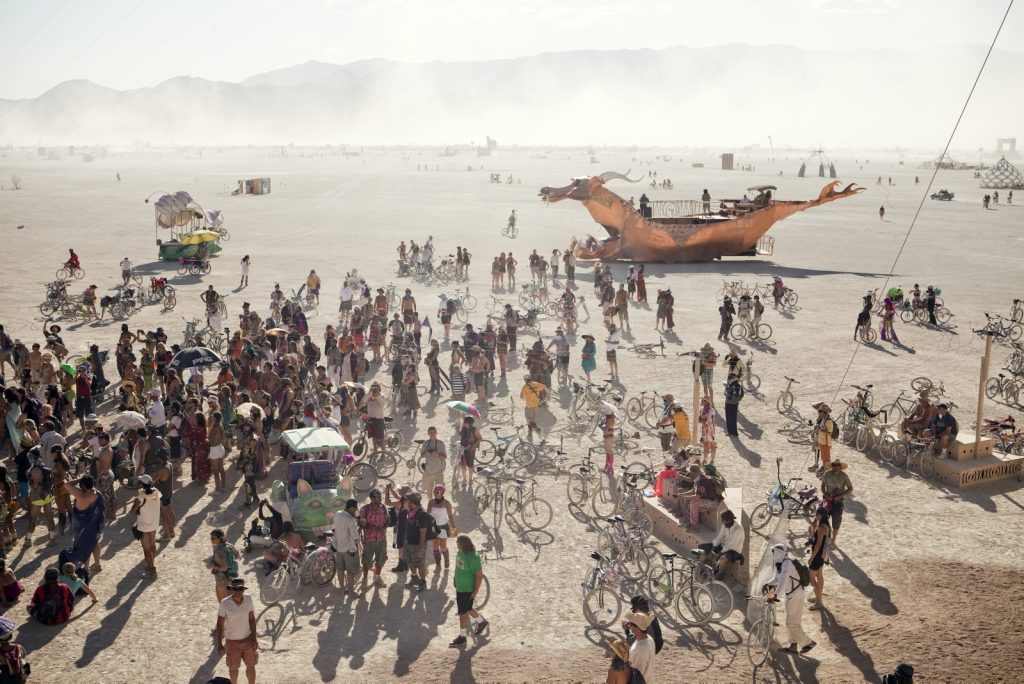

She is a Turin-based photojournalist who studied photography in Barcelona, where she began focusing on portraiture and reportage, driven by her interest in social and environmental issues. In 2009, she was named Photographer of the Year at the FIOF Photography Awards. Since then, she has worked as a storyteller, giving voice to marginalized contexts and and relevant life stories.
Between 2015 and 2019, she explored the world of mysticism, documenting indigenous cultures across five countries and different beliefs. In 2020, she received the COVID-19 Emergency Fund from the National Geographic Society to cover the Cuban medical brigade in Italy and later in Cuba. This work culminated in the book “Juntos” and is featured in “Inside the Curve, Stories from the Pandemic,” published by the National Geographic Society. Throughout her career, Diana has deeply and broadly investigated personal relationships.
Over the years, her work has been published in various outlets such as The Guardian, The Washington Post, GEO Magazine, National Geographic, and Elle. She has also collaborated with several NGOs, including Amref Health Africa and NPH in Haiti. Her photography has been exhibited in several countries, including France at Visa Pour L’Image 2020, New Delhi during the Indian Photo Festival, and in Lodi for the Festival della Fotografia Etica in 2019.
2022. Book Beyond the Construction Site with Marsilio Editore, client Assicurazioni Generali
2021. Set Photography for the movie “Peripheric LOVE” by Luc Walpoth, an Italian and Swiss production
2021. Book Juntos, The Cuban Brigade, with Robin Editore
2021. IPA Award, 2nd Place / One Shot – Our Times/Family
2021. IPA Award, 2 honorable mentions / One Shot – Our Times
2021. Honorable Mention Best from Italy at the World Water Day Photo Contest
2021. Part of The Covid Visual Project https://covid19visualproject.org/
2020. Recipient of the 2020 National Geographic Society’s Emergency Fund for Journalists
2020. Special guest speaker on the 2020/21 course of medical anthropology at the University of Magna Grecia, Catanzaro, Italy
2020. Px3 Prix de la Photographie Paris, 2 honorable mentions
2019. Street photography award winner at Photo Chronicles
2019. Talk during Phair, Photographic Festival in Turin
2019. Recipient of the journalistic European grant “Frame, Voice, Report!”
2018. Selected by Grin with the project Animal’s Lover
2018. Street Photography Magazine interview
2017. One Eyeland Photography Award finalist2017 IPA, Animals’ Lovers. 2nd Place in Special Friendship
2017. Grand-prize winner of the 2017 Rangefinder’s Best Friends, series “Different
2017. Px3 Prix de la Photographie Paris, honorable mention
2017. Winner of the Feature Shoot Emerging Photography Award
2016. PDN award, Photo Annual 2016, category Personal
2010. Conference during the International Festival of Photography at Orvieto (FIOF), Italy
2009. FIOF award, First Prize in Reportage and Photographer of the Year
2024. Exhibition of Animal’s Lover for EFFE22, Padova
2023. Exhibition of Mystics in Casa del Contemporaneo, Napoli
2022. Open-air Exhibition for the Skip the Ordinary Beauty project, client Keglevich
2022. Exhibition of the DOORS project, started in 2019, to react at educational poverty in Italy, at the Teatro del Lido di Ostia, Rome
2020. Exhibition in Perpignan, Visa Pour l’Image, Covid Funerals (published by NZZ Switzerland)
2020. Exhibition “Splash!” about micro plastic in Palazzo Ducale of Genova
2020. Exhibition “ForEverest” in MACA, the environmental Museum of Turin
2019. Exhibition during the Festival Fotografia Etica, Lodi.
2019. Exhibition during the Indian Photo Festival , supported by National Geographic
2019. Exhibition “The Ong Photographers”, a project in collaboration with Amref
2019. Exhibition during Milano Photo Week, “Talking Hands”, with the NGO No Walls
2018. 17th China International Photographic Art Exhibition (CIPAE) with two projects selected, Animal’s Lover and The Bukut
2018. One month Artistic Residence and Exhibition in Wilson, NC, USA, for Eyes on Main Street Festival
2017. Solo exhibition in the Instituto italiano di Cultura in Sidney during the Head on Photo Festival, series “Different Friendship”
2017. Exhibition during the festival Eyes on Main Street in North Carolina
2016. Exhibition in China (Hangzhou and Lishui) Italian Scent of Beauty
2015-2012. Collaboration and frequent exhibition in The Allen Gallery in Turin, Italy
2013. Solo exhibition in Palermo, Italy
2013. Exhibition in the art fair The Others, Turin, Italy
2013. Exhibition in the art fair Set Up, Bologna, Italy
2010. Solo exhibition in Patí Limona Gallery, Barcelona, series Virreina 3
| Cookie | Duration | Description |
|---|---|---|
| cookielawinfo-checbox-analytics | 11 months | This cookie is set by GDPR Cookie Consent plugin. The cookie is used to store the user consent for the cookies in the category "Analytics". |
| cookielawinfo-checbox-functional | 11 months | The cookie is set by GDPR cookie consent to record the user consent for the cookies in the category "Functional". |
| cookielawinfo-checbox-others | 11 months | This cookie is set by GDPR Cookie Consent plugin. The cookie is used to store the user consent for the cookies in the category "Other. |
| cookielawinfo-checkbox-necessary | 11 months | This cookie is set by GDPR Cookie Consent plugin. The cookies is used to store the user consent for the cookies in the category "Necessary". |
| cookielawinfo-checkbox-performance | 11 months | This cookie is set by GDPR Cookie Consent plugin. The cookie is used to store the user consent for the cookies in the category "Performance". |
| viewed_cookie_policy | 11 months | The cookie is set by the GDPR Cookie Consent plugin and is used to store whether or not user has consented to the use of cookies. It does not store any personal data. |